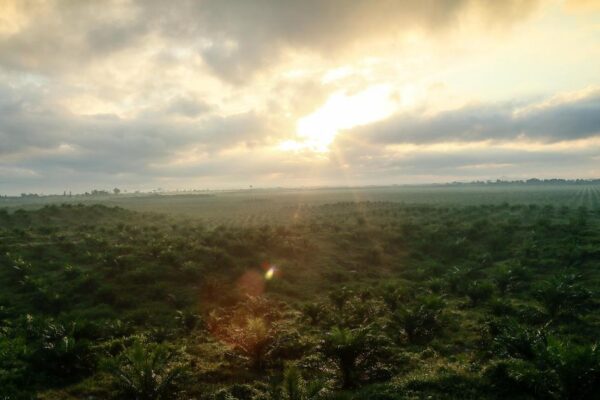During the 2014 New York Declaration on Forests, many businesses pledged to halve deforestation by 2020. Instead, most have missed this mark, as predicted. In fact, global deforestation numbers have increased in recent years.
At the same time, we are seeing the world’s largest corporations invest heavily in climate solutions. Just a few weeks ago, BlackRock – the world’s largest investment company managing about $7 trillion – announced that environmental sustainability is now core to its business. In a letter, its CEO said that it that would remove itself from “high sustainability-related risk” investments.
About 18 billion is expected to be spent “on climate change mitigation” by 285 multinationals ranging from food giants Nestle to automotive companies like Tesla.
“Awareness is rapidly changing, and I believe we are on the edge of a fundamental reshaping of finance,” said Laurence D. Fink, Black Rock’s Chief Executive, in a letter. “The evidence on climate risk is compelling investors to reassess core assumptions about modern finance.”
But what does such a “fundamental reshaping” of the business world look like? What are the solutions to complex issues like agriculture-driven deforestation, which is inextricably linked to problems like poverty and development? While the path isn’t set in stone, we believe the answers lie in small steps made with suppliers, communities, NGOs and governments to preserve key biomes across the world. Here are some forests we’ve been working to preserve the past year.
Ivory Coast
The Cavally Forest Reserve is one of the last intact forest reserves in Ivory Coast, the world’s top producer of cocoa. Most of this is grown by small farmers, who are clearing in the Cavally forests to plant cocoa illegally under the forest canopy. The challenge for the SODEFOR, the state forest management agency, was how to detect illegal forest clearance under the canopy in a timely manner. Using Starling’s high resolution satellite and radar images, and regular forest clearance alerts, SODEFOR was able to target their patrolling efforts across the 67,600 ha forest reserve. This led to a 7.4 percent decrease in deforestation between January 2018 and June 2019. Watch our video, The Cocoa Beneath, to find out more.
Peru
Tocache is a key oil palm growing region for the Peruvian palm oil industry. At the same time, it is close to key forests such as Cordillera Azul National Park, Rio Abiseo National Park and Boshumi Regional Conservation Area. Since 2017, we have been working with Nestle and Grupo Palmas to promote sustainable oil palm production and improve local farmer livelihoods in Tocache.
But our work in Peru actually started in 2015, when we first began working with Nestle and Grupo Palmas to implement ‘no deforestation’ commitments. Watch this video to learn how this work impacted thousands of hectares of rain forest in the Peruvian Amazon.
Indonesia
Farmers in Aceh Tamiang, Indonesia are among the poorest in the nation. They face issues with high living costs, low palm oil prices and low yield from their oil palm trees, thereby impacting their income and food security. Aceh Tamiang is also home to the Leuser Ecosystem – the only place on Earth where the Sumatran elephant, rhino, tiger and orang-utan are still found together. Watch this video to find out how we are piloting a methodology to improve farmer livelihoods and eventually relieve pressure on neighbouring forests.


